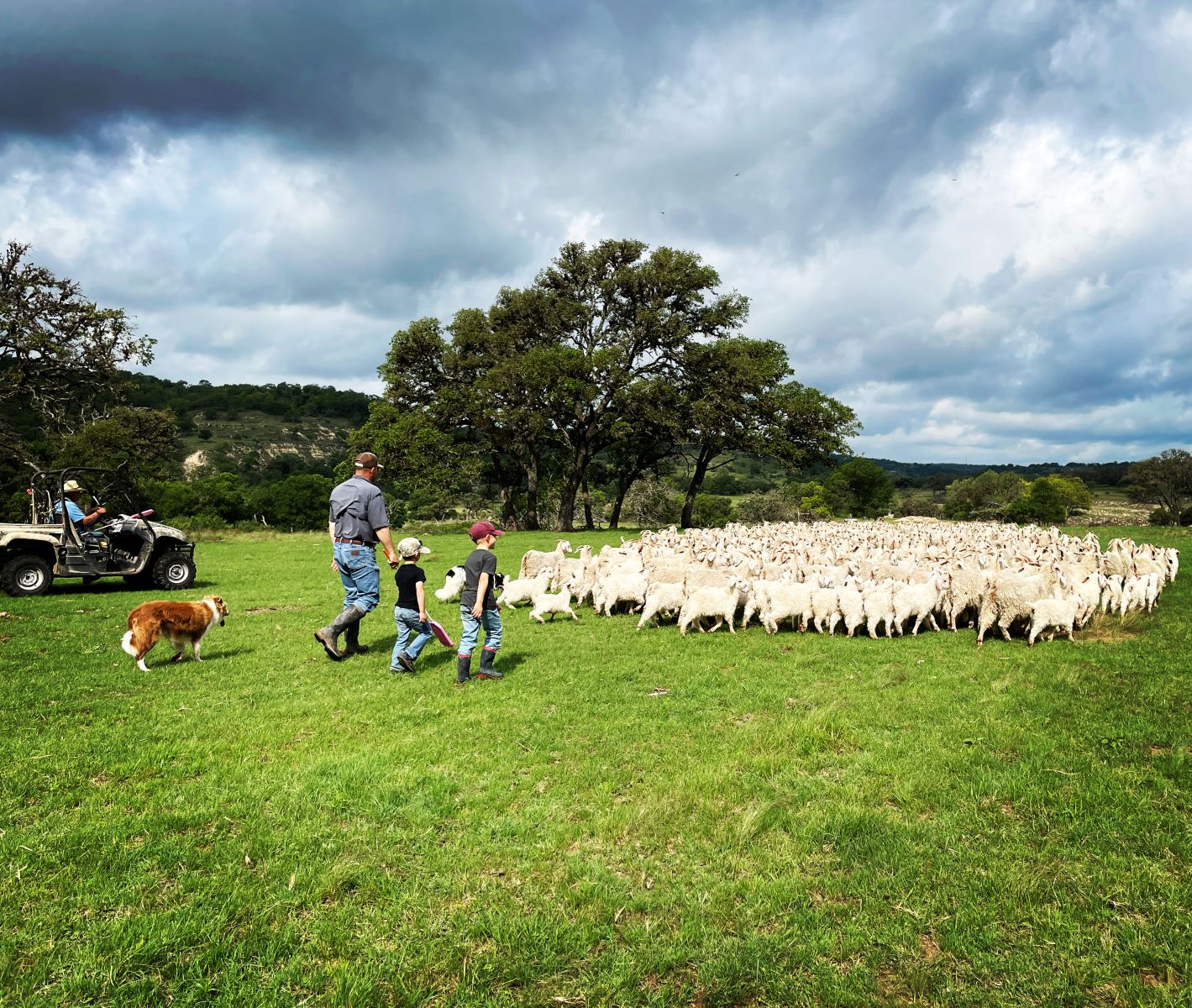In mid-December, all heifer calves received a preventative calf hood vaccination for Brucellosis. Brucellosis is a contagious, infectious, & communicable disease that affects cattle & is caused by bacteria of the genus Brucella. Brucellosis causes loss of young through spontaneous abortion or birth of weak offspring, reduced milk production, & infertility. It can affect both animals & humans. Brucellosis is transmitted from animals by direct contact with infected blood, placentas, fetuses, uterine secretions, or through the consumption of infected & raw animal products {especially milk & milk products}. source: USDA APHIS
This vaccination must be administered by a veterinarian. The vaccine is a live product & works by producing an immune response that increases the animal’s resistance to the disease. As with any vaccine, it is not 100% effective in preventing brucellosis. For best results, females should be vaccinated when they are between 4 months & 1 year old. At the time of vaccination, a tattoo is applied in the ear which identifies the animal is an ‘official vaccinate’. The tattoo identifies the vaccine & year in which it was given. Many states require that breeding age females be OCV’d before crossing their borders.
Steer & heifer calves received boosters at this time for vaccinations they had received at weaning.





This year, we selected 35 calves to be kept in tact as bulls. These bull calves will either be kept for our own breeding purposes or sold to buyers. On December 2nd, these bulls went on feed to begin their gain/performance test.
We weighed each of them at the beginning of the gain test & will weigh them again & sonogram them at the end of the test. These bulls will spend the next 90 days or so in the feedlot consuming a prepared ration.
During this time, we will be able to collect data on efficiency & production to be considered in genetic selection of future herd sires. This gain test allows us to measure feed conversion, which is the amount of feed an animal consumes as compared to the amount of body weight gained {expressed as a ratio}. Feed conversion ratios around 6:1 {6 pounds of feed per pound of gain} are common in most beef cattle operations. Cattle that gain more weight with less feed or forage are more efficient.
Having the bulls close by allows us to interact with them regularly. We can observe their disposition/temperament to ensure they are calm & handle well. A hot-tempered bull can be very dangerous. When selling bulls to other producers, it’s important to us that the bull is docile.



Dr. Reid Redden {along with his son & daughter} with the Texas A&M AgriLife Research & Extension Center came out in mid-January & ultra sounded 304 mature ewes & 142 ewe lambs. This is our sixth year to scan ewes for pregnancy status. Results from the scan show a projected 150% lamb crop among mature ewes.
By identifying which ewes have twins, we can adjust our management in accordance with the resources we have. During lambing, we can spend more time on predator management in pastures that have ewes with twins {since they have a potentially higher lamb crop value than those with singles}. Ewes with singles don’t require as high of a nutritional level to maintain themselves & to lactate supporting one lamb.
Our ‘Super Twinner’ herd consists of ewes that have consistently scanned as carrying twins for 4 or more years. These ewes tend to get to graze the greenest spots. We think carrying twins every year for 6 years {or even 5 or 4 years} is worthy of something a little extra special. ; )
We are gradually culling our ewes based on their pregnancy status each year. Obviously, we want to keep ewes that consistently have twins & cull the ones that consistently carry singles or any ewe that is open {not pregnant}.
We took wool samples from the ewe lambs the night before they were scanned. Wool data, pregnancy status, visual appeal, & structural soundness will all be factors in selecting our keeper ewes. Ram lambs were sorted at the beginning of December. Twenty keeper ram lambs were selected, while the majority of ‘culls’ were sold at the Gillespie Livestock Auction.






On February 12th, family gathered at Hillingdon for the annual sausage making shindig.
Deer meat from the hunting season was combined with pork & the family’s spice recipes to make various kinds of sausage {cooking, pan, & hard}.
It was a full {windy, cold} day of work, fun, & laughs.





















More pictures from the last couple of months…










